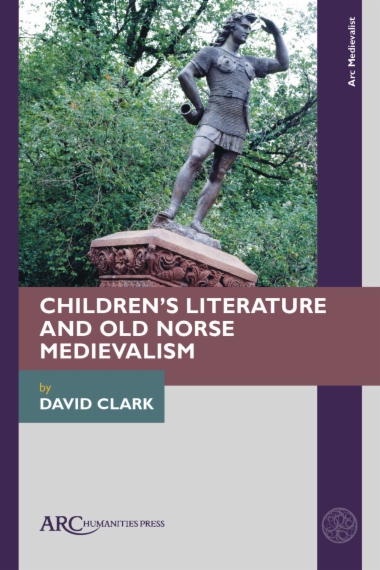This book explores the ways in which contemporary authors respond to and rework key aspects of Old Norse history and viking culture for young twenty-first-century audiences. Why are contemporary authors and audiences so manifestly attracted to the viking past? In what ways do writers respond to Norse sources? How do the narratives they tell reflect our beliefs about and desires for the past, our constructions of childhood and adolescence, our anxieties around gender, sexuality, and ethnicity? How do these texts engage with a future occluded by apocalyptic ecological threat? David Clark explores these questions through readings of a rich body of diverse material which retells, updates, and transforms Norse culture. The volume contextualizes Norse medievalism and explores how thematic foci on gender, sexuality, disability, and ethnicity relate to contemporary concerns around these topics, and the construction of childhood.
- COVER
- Contents
- Acknowledgements
- Introduction
- The End
- Ch. 1 — Age-Related Categories
- Ch. 2
— Generic Categories
- Ch. 3 — Transformational Fantasy
- Ch. 4 — Horned Helmets and Comic Anachronism
- Ch. 5
— Viking Reputation
- Ch. 6 — Runes and Magic
- Ch. 7 — The Power of Story
- Ch. 8 — Race and Ethnicity
- Ch. 9 — Heroism
- Ch. 10 — Viking Masculinity
- Ch. 11 — Viking Femininity
- Ch. 12 — Viking Sex and Gender
- Ch. 13 — Bowdlerization
- Ch. 14 — Sexuality
- Ch. 15 — Ecological Threat
- Ch. 16 — Norse Medievalism in Alan Early’s Father of Lies Trilogy
- Ch. 17 — Avoiding the End of Days: K. L. Armstrong and M. A. Marr’s Blackwell Pages
- Ch. 18 — Rick Riordan’s Magnus Chase Series and Norse Medievalism
- Conclusion
- Select Bibliography of Frequently Cited Works
- Index

